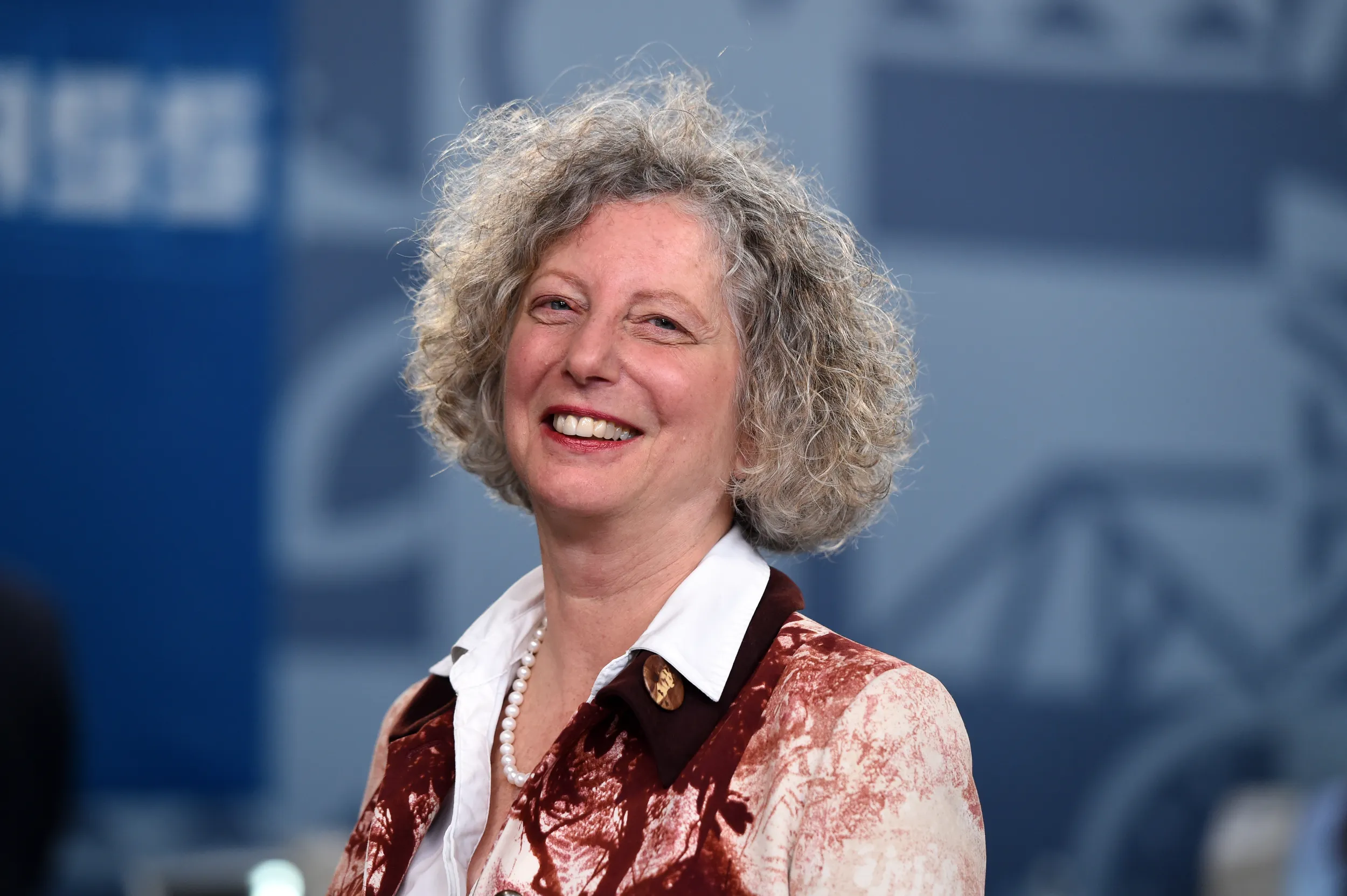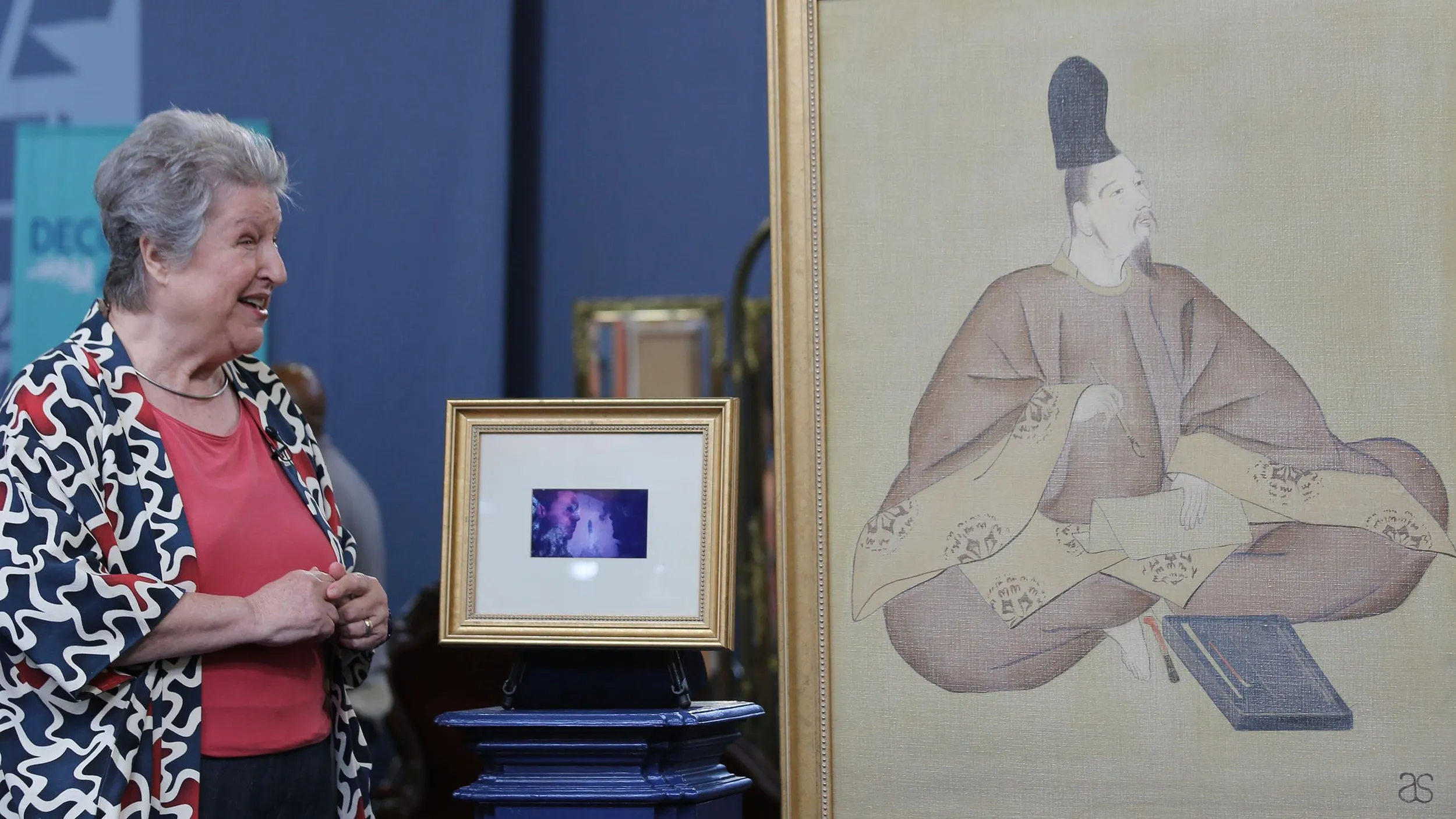GUEST: Well, I purchased them from my neighbor, and they were part of his mother's estate. Supposedly, his grandmother was the one that took the photographs. I'm not sure if that's true. I don't really know much about them other than I just love them.
APPRAISER: These are beautiful 19th-century albumen photographs…
GUEST: Ah.
APPRAISER: …that tie in to the Golden Age of travel photography. After Japan was opened up…
GUEST: Mh-hmm.
APPRAISER: …to the Western world, a number of European photographers went to Japan and opened photographic studios. These European photographers hired local artists to hand-color their photographs. When we look at these photographic prints, we see that, for example, the image here was taken in Yokohama.
GUEST: Mh-hmm.
APPRAISER: And the caption is in English. There's also an inventory number. This particular image shows geishas picking shells. It's a posed image…
GUEST: Uh-huh.
APPRAISER: …it's an image that's meant for tourist consumption. Geisha, by the way, means artist, so these were women who were trained…
GUEST: Cool.
APPRAISER: …in different art forms-- music, calligraphy. These photographs were taken all over Japan, in Tokyo, in Yokohama, in Nikko. The date of the photographs is probably the 1890s…
GUEST: Uh-huh.
APPRAISER: …the late 19th century, based on the albumen paper and the hand-tinting. By the late 19th century, these studios are operated by Japanese photographers.
GUEST: Cool.
APPRAISER: You purchased these pictures somewhat recently?
GUEST: About a year ago, I would say.
APPRAISER: Okay, and what did you pay for the pictures?
GUEST: $100 for the whole set.
APPRAISER: $100. What we're seeing here are a selection, probably from an album, they're in these faux…
GUEST: Yeah.
APPRAISER: …bamboo frames, which is very cool. Were you to find these in an antiques shop today, the ten photographs, as a group, would be valued in the $700 to $1,000 range.
GUEST: Oh, wow! Great, that's wonderful.



